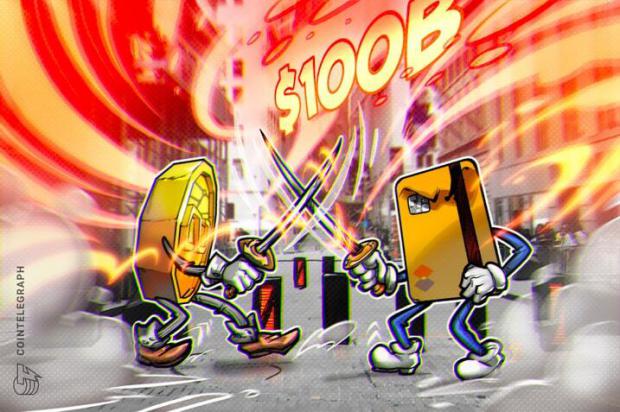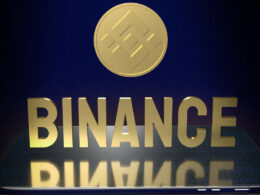US merchants pay over $100 billion in card fees yearly. In comparison, stablecoins offer much cheaper, faster payments.
Ripple’s RLUSD, Gemini’s XRP Card and Moca’s Air Shop show stablecoins moving into mainstream commerce.
With big players exploring adoption, stablecoins are positioned to become central to US payment systems.
Since stablecoins first emerged in 2014 to provide price stability in the volatile cryptocurrency market, they have redefined traditional banking. They have separated the core functions of storing and transferring money, which allows fintechs to build programmable services on a global digital currency system.
Traditionally, businesses accepted card payments, while the remaining functions, including holding deposits and offering additional services and tools, were the banks’ domain.
Stablecoins have largely replaced this with an ecosystem where most are centrally issued but operate on decentralized networks rather than a centralized entity. Moreover, it reduces cross-border transfer times, lowers costs, stabilizes fund values and introduces flexible reward systems that outpace credit cards.
Each time a credit card is used in the US, banks and payment networks take a small portion of the transaction, typically 1.5%-3.5%. This significantly reduces profits of merchants and contributes to higher prices for consumers. This is starting to change thanks to stablecoins.
This article discusses the costs associated with credit cards, how stablecoins compare with credit cards, stablecoin use cases in the industry and how stablecoins are disrupting the credit card industry for the better.
The cost you pay for credit cards
Credit cards are widely used for payments, not just in the US, but across the world. However, this convenience has a high cost. Each transaction involves hidden fees, such as interchange fees paid by merchants to banks, network fees collected by Visa and Mastercard and other processing costs. These fees, typically between 1.5% and 3.5%, cut directly into merchants’ profits.
Businesses like airlines, retailers and small shops often raise prices to cover these costs, which ultimately affects consumers. The payment system favors card networks, leaving merchants with little control. Meanwhile, consumers end up indirectly paying for the networks’ profits.








